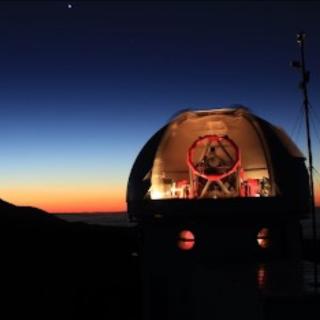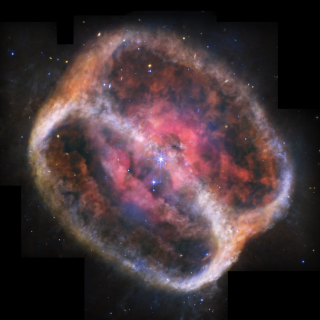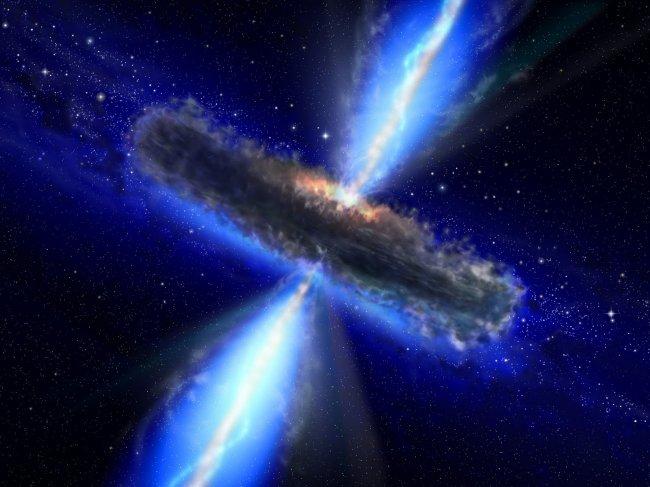It may interest you
-
 On January 7, 2025, the European Commission established the Cherenkov Telescope Array Observatory (CTAO) as a European Research Infrastructure Consortium (ERIC), furthering its mission to become the world’s largest and most powerful observatory for gamma-ray astronomy. The creation of the CTAO ERIC will enable the Observatory's construction to advance rapidly and provide a framework for distributing its data worldwide, significantly accelerating its progress toward scientific discovery. “The ERIC will streamline the construction and operation of the Observatory in a way that will undoubtedlyAdvertised on
On January 7, 2025, the European Commission established the Cherenkov Telescope Array Observatory (CTAO) as a European Research Infrastructure Consortium (ERIC), furthering its mission to become the world’s largest and most powerful observatory for gamma-ray astronomy. The creation of the CTAO ERIC will enable the Observatory's construction to advance rapidly and provide a framework for distributing its data worldwide, significantly accelerating its progress toward scientific discovery. “The ERIC will streamline the construction and operation of the Observatory in a way that will undoubtedlyAdvertised on -
 This week, the Instituto de Astrofísica de Canarias is hosting the Second SONG Scientific Congress to conclude the first decade of high-level work of this international network devoted to the study of the interior of stars and the planetary systems that surround them. The meeting, which is taking place at the headquarters of IACTEC in La Laguna from 18 to 20 September, brings together more than 50 scientists from Europe, the United States, Australia and China to discuss the latest state-of-the-art techniques in time-resolved spectroscopy and stellar astrophysics. The Stellar ObservationsAdvertised on
This week, the Instituto de Astrofísica de Canarias is hosting the Second SONG Scientific Congress to conclude the first decade of high-level work of this international network devoted to the study of the interior of stars and the planetary systems that surround them. The meeting, which is taking place at the headquarters of IACTEC in La Laguna from 18 to 20 September, brings together more than 50 scientists from Europe, the United States, Australia and China to discuss the latest state-of-the-art techniques in time-resolved spectroscopy and stellar astrophysics. The Stellar ObservationsAdvertised on -
 An international team, including a researcher from the Instituto de Astrofísica de Canarias (IAC), has obtained an incredible image of the planetary nebula NGC 1514 using the James Webb Space Telescope (JWST), revealing the nebula's spectacular dusty rings in unprecedented detail. NGC 1514 was one of the first nebulae to be studied by astronomer William Herschel, who noted that when viewed through his telescope (the biggest in the World at the time) the nebula looked like a fuzzy cloud somewhat similar in appearance to one of his other discoveries: the planet Neptune. The new images acquiredAdvertised on
An international team, including a researcher from the Instituto de Astrofísica de Canarias (IAC), has obtained an incredible image of the planetary nebula NGC 1514 using the James Webb Space Telescope (JWST), revealing the nebula's spectacular dusty rings in unprecedented detail. NGC 1514 was one of the first nebulae to be studied by astronomer William Herschel, who noted that when viewed through his telescope (the biggest in the World at the time) the nebula looked like a fuzzy cloud somewhat similar in appearance to one of his other discoveries: the planet Neptune. The new images acquiredAdvertised on
